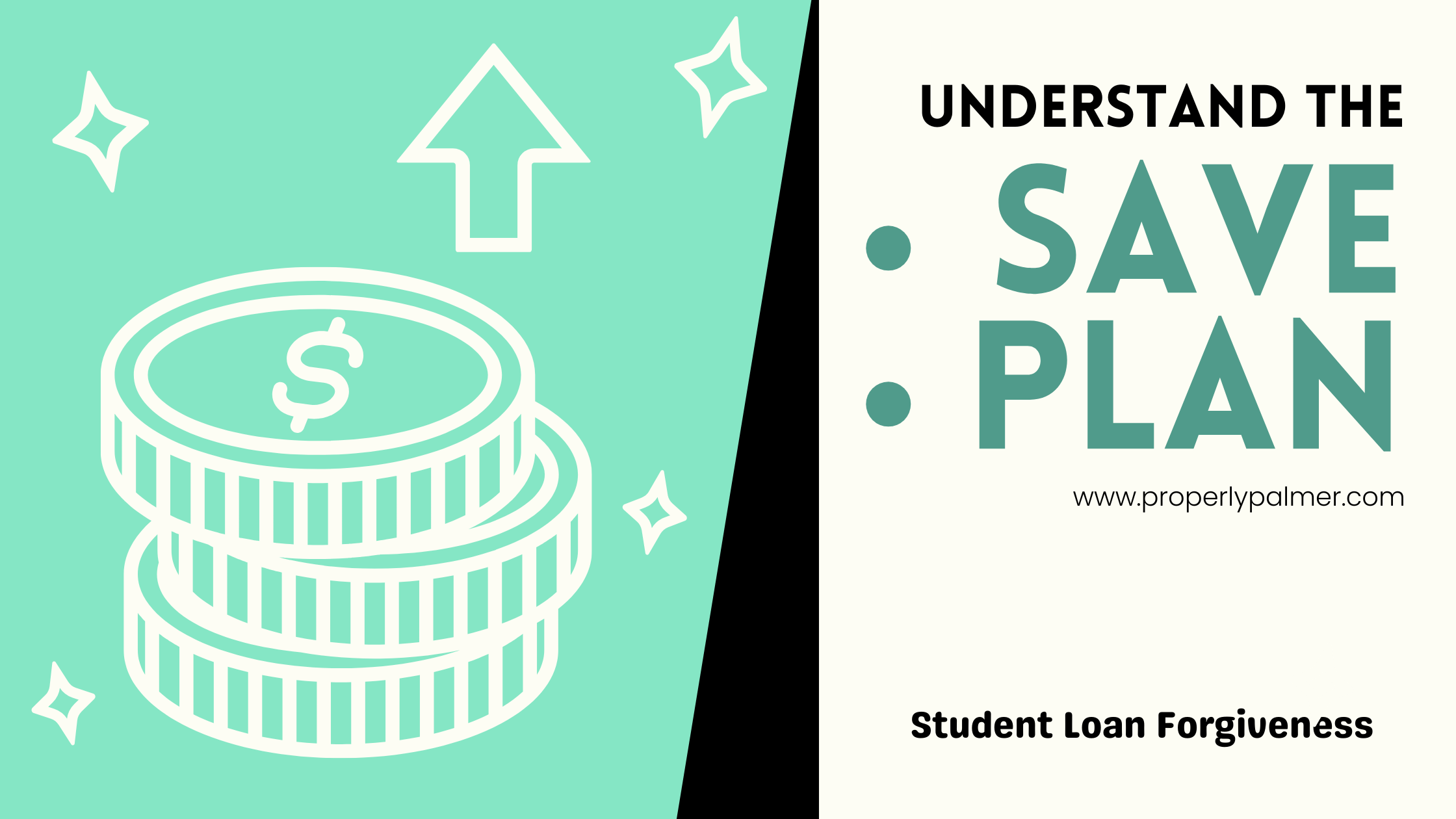The landscape of student loan repayment is undergoing a significant transformation with the introduction of the Saving on a Valuable Education (SAVE) Plan. This new income-driven repayment (IDR) plan is designed to make the repayment process more manageable for borrowers, especially those with lower or middle incomes. I have personally dug deeper into the benefits of the SAVE plan in attempting to relieve my own student loan payments and have the information you need to build a better future for not only yourself, but everyone you share this valuable experience with. Let’s delve into the key features of the SAVE Plan and how it can benefit you.
What is the SAVE Plan?
The SAVE Plan is a revamped version of the former REPAYE program, offering a more affordable repayment option for Direct Loan borrowers1. It stands out from other IDR plans with its unique benefits, which include:
- Lower Monthly Payments: Starting in the Summer of 2024, the SAVE Plan will reduce monthly payments on undergraduate loans from 10% to 5% of discretionary income above 225% of the poverty line1.
- Zero Payments for Low Earners: If your annual income is $32,800 or less, your monthly payment will be $01.
- Substantial Interest Subsidy: The plan eliminates 100% of remaining interest after a scheduled payment is made, preventing your loan balance from increasing due to unpaid interest1.
- Spousal Income Exclusion: For married borrowers filing separately, spousal income will not be considered in calculating the payment amount1.
Eligibility and Application
Eligibility for the SAVE Plan is broad, encompassing most Direct Loan borrowers with eligible loan types. To apply, you’ll need your FSA ID, personal information, and income details. The application process is set to become available in the Summer of 20231.
Loan Forgiveness
One of the most appealing aspects of the SAVE Plan is the potential for loan forgiveness. If you haven’t repaid your loan in full after 20 years for undergraduate study or 25 years for graduate study, the remaining balance may be forgiven, although this could be taxable1.
Is the SAVE Plan Right for You?
While the SAVE Plan offers many benefits, it’s essential to consider your individual circumstances before making a decision. Factors such as your total principal balance, income level, and loan type will influence whether this plan is the most advantageous for you.
Consultation and Alignment
The SAVE Plan represents a significant step forward in making student loan repayment more accessible and less burdensome for borrowers. With its lower payment thresholds and forgiveness options, it’s an attractive choice for many. However, it’s crucial to assess your situation carefully and consult with a loan servicer to determine if the SAVE Plan aligns with your financial goals.
For more detailed information and to apply for the SAVE Plan, visit the official StudentAid website1.
I hope this article provides a comprehensive overview of the SAVE Plan and its potential benefits for student loan borrowers. If you have any more questions or need further assistance, feel free to ask!
Discover more from Properly Palmer
Subscribe to get the latest posts sent to your email.





